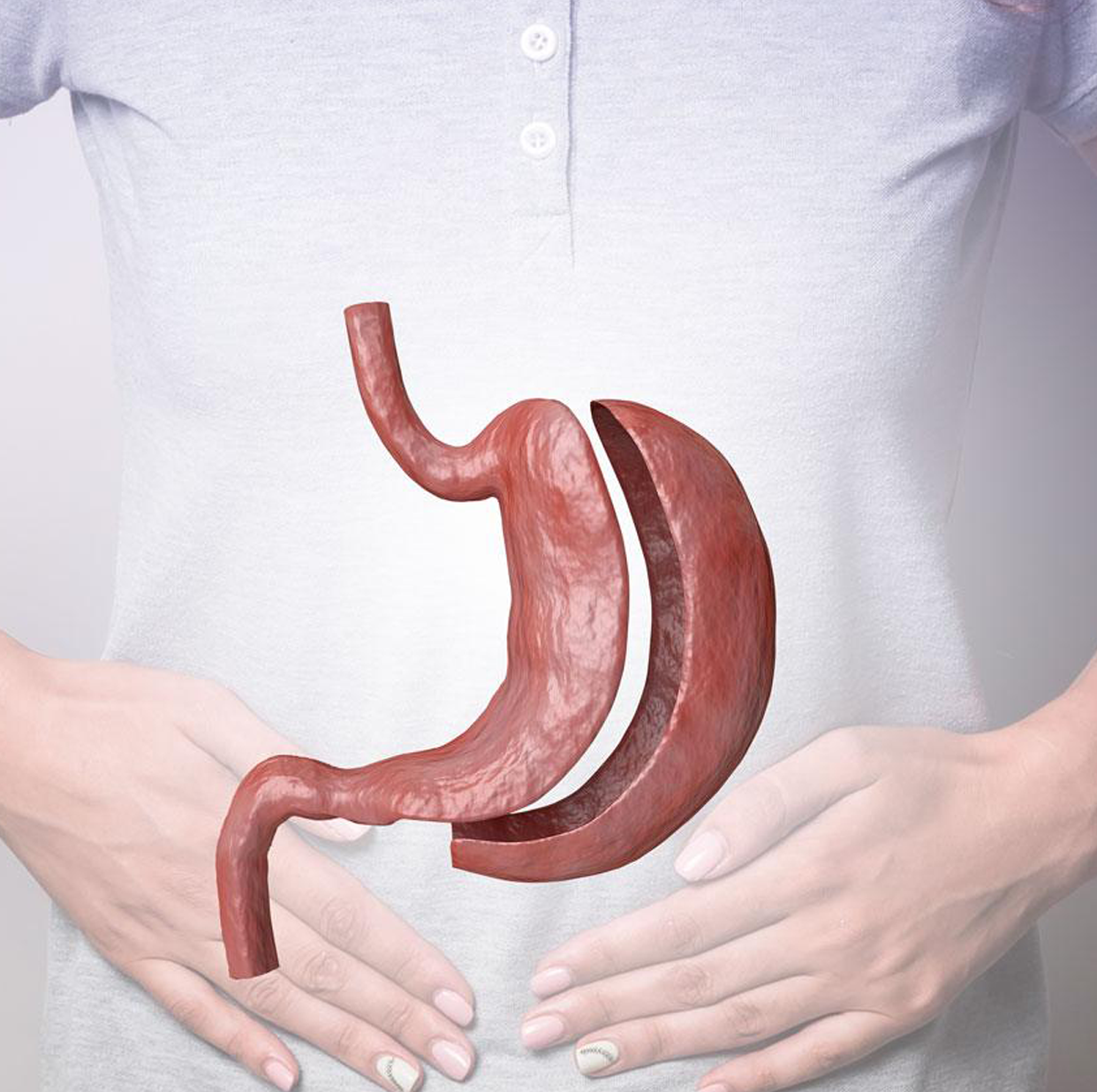
Abstract
Background
Laparoscopic sleeve gastrectomy (LSG) is an effective bariatric intervention with short operative time and low morbidity and mortality. However, ambulatory sleeve gastrectomy is underutilized.
Objective
This clinical trial compares feasibility, perioperative outcomes, and weight loss of patients undergoing ambulatory LSG with same-day discharge versus conventional hospitalization with next-day discharge.
Setting
Hospital and ambulatory surgery center.
Methods
Patients who satisfied low-acuity criteria were randomized to undergo day-case LSG in the ambulatory surgery center with same-day discharge (DC LSG) or LSG with conventional hospitalization and next-day discharge (CH LSG) between December 2018 and December 2020. The primary outcomes were 30-day adverse events, hospitalizations, reoperations, and readmissions, and the secondary outcome was weight loss during the first year.
Results
Of 2541 screened patients, 1544 patients were randomized in the study. Mean age and body mass index were 31.7 ± 9.1 years versus 31.8 ± 9.2 years and 39.6 ± 5.8 kg/m2 versus 40.0 ± 5.7 kg/m2 in the DC LSG group (n = 777) and in the CH LSG group (n = 777), respectively. Eighteen patients (2.3%) in the DC LSG were transferred to the hospital for overnight stay. Additionally, 13 patients (1.7%) requested additional stay without a medical indication for a total overnight stay rate of 4%. One DC LSG patient (.1%) was readmitted, and 2 CH LSG patients (.3%) stayed for an extra day. Seventeen percent of DC LSG patients had unscheduled consultations during the first postoperative week compared with 6% of CH LSG patients (P < .001). Those 2 groups were similar in baseline characteristics. There were no reoperations or mortality in either group, and weight loss results were similar; At 1-year follow-up, DC LSG percent excess weight loss was 87% ± 17% compared with 85% ± 17% in the CH LSG group. The follow-up rate was 100%.
Conclusion
LSG is feasible as a day-case procedure with comparable outcomes to conventional hospitalization.
References:
The study was published in (SciencesDirect website)

